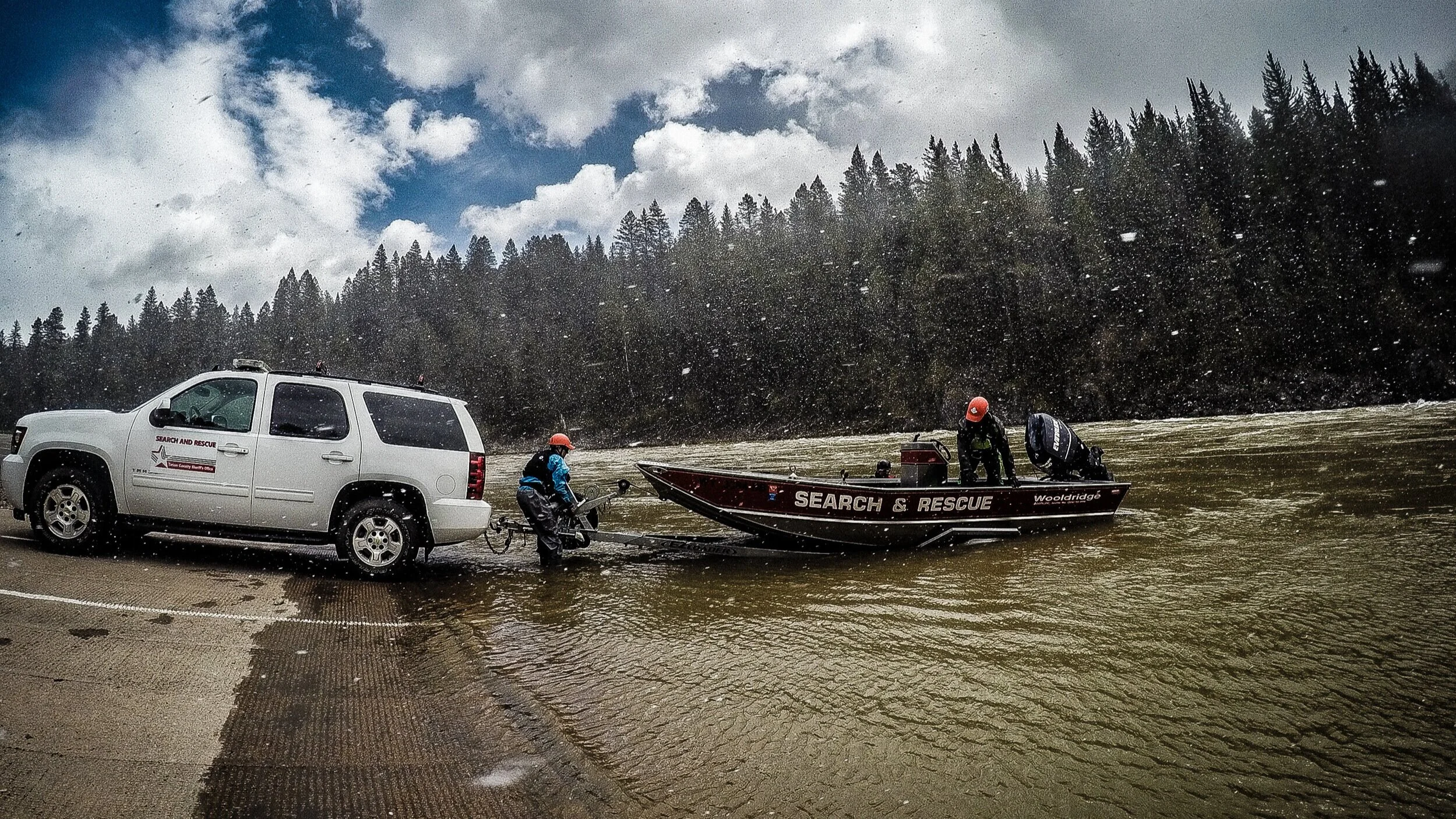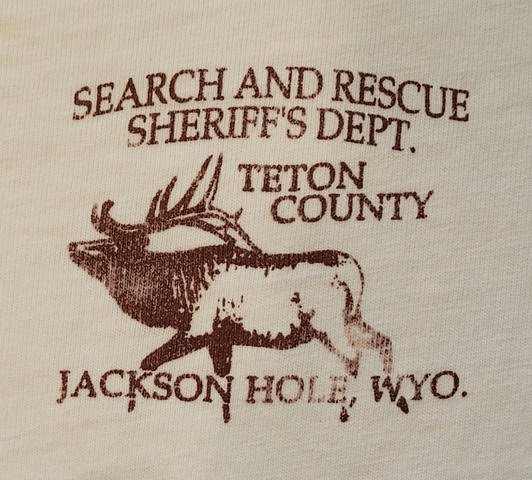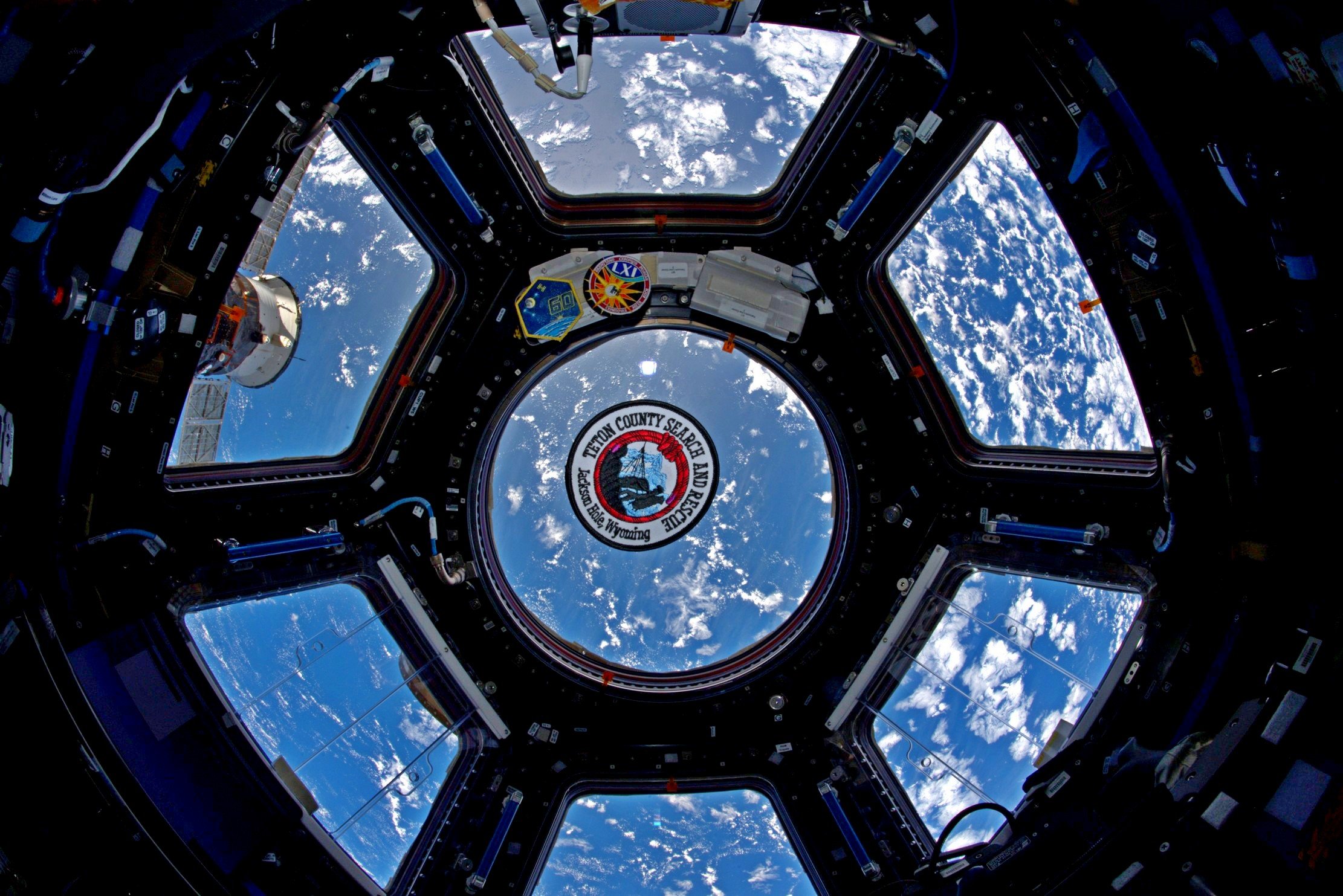“The reason he wanted a high-angle rescuer was he felt it was indicative of the difficulty and high level of skill the team could perform,” Diane said. “He knew that if we as a team could master high-angle rescue, we could do any rescue.”
As Diane recalls, Alan also believed that by dedicating training to high-angle rescues, everyone on the team would have a job, which would help the young team build structure, trust and unity.
“When it came to the knot,” she said, “they knew that a correctly tied knot would save someone’s life, and that symbolized the trust everyone had for each other.”
As a rescuer, Diane knew the knots and how to draw them.
“I’ve always liked bright colors,” she said. “The ropes are bright colors for obvious reasons, and the black was just for contrast. I liked the circle because I liked round patches. In the end, Alan liked it, too, and the team adopted it.”
Ever since, Diane’s illustration has represented TCSAR on all team-issue gear and apparel, mission equipment, stickers and letterhead, social media, snowmobiles, UTV’s, trucks, and a helicopter. The patch even made a pilgrimage to space aboard the International Space Station.






